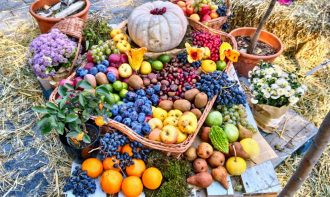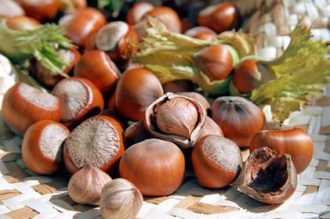
Challenges in Business Education system of Georgia
According to the general definition Business Education involves teaching students the fundamentals, theories and processes of business, as an educational field, it occurs at…
Read More
According to the general definition Business Education involves teaching students the fundamentals, theories and processes of business, as an educational field, it occurs at…
Read More
Agricultural traditions are the main part of Georgian cultural heritage and mentality, as long as favorable climate with fertile soil make it one of…
Read More
START YOUR CAREER IN BUSINESS GEORGIA! Media company BUSINESS GEORGIA is offering internship programs for students and graduates which are open all year…
Read More
BECOME A TOP BUSINESS JOURNALIST WITH US! Media company BUSINESS GEORGIA is offering internship opportunities for students and graduates in Journalism which is…
Read More
t Georgian mineral waters are very famous not only in Georgia but in foreign countries also. Especially this product is realized by summer because…
Read More
On March 30 and April 1, Nassim Taleb will run a 2-day Antifragility workshop for 100 top managers from the largest companies in Georgia and…
Read More
Georgia is considered to be one of the oldest homelands of metal processing in the world. From the Copper-Bronze Age, when man acquired metal,…
Read More
Construction & Building is the global business of creating physical infrastructure such as residential buildings, highways, bridges, factories, airports and power plants. Normally the…
Read More
According to the data released by the state statistics office of Georgia, in 2017 Import reached USD 7.9 billion, while exports of Georgia was…
Read More
Protein rich hazelnuts are sweet tree nuts that grow in temperate zones and its mainly cultivated in Turkey, which produces about 60% of the world’s…
Read More